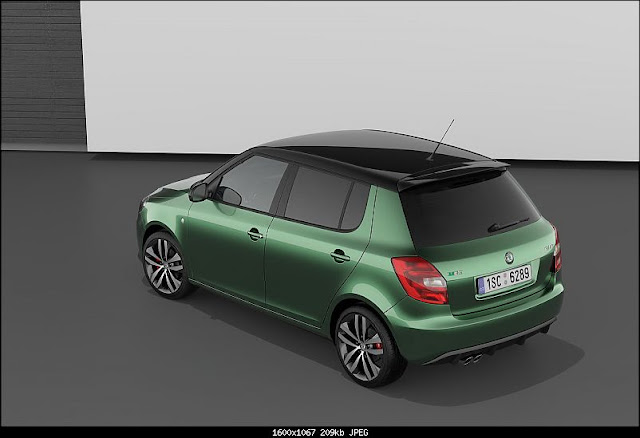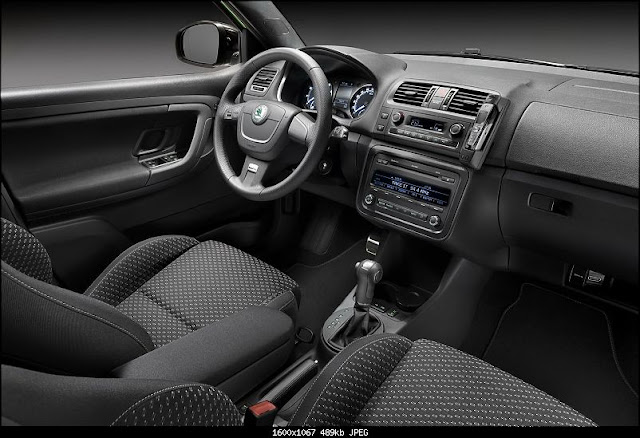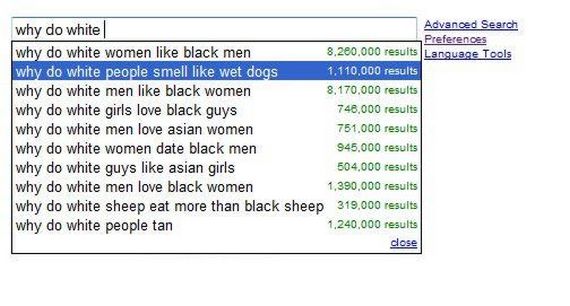She, a sober, dignified lady, elegant in pearls and a beautiful blue silk sari, her manner modest and gracious.
Khushwant Singh, writer, and Gursharan Kaur, the prime minister's wife.
"She is a crowd-puller! I discovered she could draw as many people as a star from Hollywood," Singh says, explaining why he always invites Mrs Manmohan Singh to his book launches.
"Sometimes she comes uninvited," he adds, mock grumbling. The witty Sardar explains that he unabashedly uses his Gursharan Kaur connection and often shows off to friends when flowers arrive from the prime minister's home for him.
"I have been saying it is my last book and I said that about my last six books. I don't know how long I can carry on... I am now trying to learn how to do nothing," Khushwant Singh, who edited The Illustrated Weekly, Asia's oldest English magazine, in the 1970s, New Delhi magazine and the Hindustan Times in the 1980s, said. Sunset Club is a poignant tale of three crotchety but hugely lively, fantasy-driven eighty-something Delhiites, of varied backgrounds. They meet every evening at dusk in the capital's Lodhi Gardens to share life's experiences and views, be it religion or sex or lust or Ayodhya or Valentine's Day or Varun Gandhi.
The sensitive tale seems to have bittersweet autobiographical strands, reflecting bits and pieces of Singh's life and that of his friends and relatives.
Gursharan Kaur pointed out, "It is typical Khushwant Singh, hilarious, open and scandalous. I enjoyed it (what she has read so far) as I enjoy his columns that are informative, refreshing, honest and very transparent."
"Khushwant Singh tried hard to convert me into an author," the prime minister's wife added, "but who has the time and the will to write? I think his talent is inborn. He cannot put his pen down."
Gursharan Kaur added that there was already a writer in the family, her daughter.
Daman Singh, her second daughter, has written two well-reviewed novels. Her elder daughter Upinder Singh, a professor of history in Delhi, has written several books of history. Amrit Singh, her youngest daughter, is a distinguished New York-based lawyer, who took on George W Bush's administration at a time when her father and the US president were allies and friends.
At 96, Khushwant Singh is frail, confined to a wheelchair, sensitive to bright light and even more soft-spoken. As far as spirit and spark go, if anything the legend has gotten crustier and sharper.
He recalled drolly how he got into the business of earning money from needling others in print, "I decided upon a three word formula: Inform, amuse and provoke. With provoke, I found that anytime I write something about people, they took me to court!
Among those who attended the event were sculptor Satish Gujral; India's first lady chief justice Leila Seth (whose son Vikram is one of two Indian writers Khushwant Singh admires; the other is Amitav Ghosh); India's Ambassador to Israel and author Navtej Sarna; Pakistani High Commisioner Wajid Shamsul Hasan; journalist Nalini Singh; Le Meridien owner Bubbles Charanjit Singh and Khushwant Singh's daughter Mala Dayal.
The launch of the final book of an author whose tart wit and frank take on Indian life has enthralled Indians for decades was an intensely sentimental occasion.
Editor-in-chief and publisher of Penguin Ravi Singh reminisced about an important Delhi event -- evenings with Khushwant Singh.
For decades the writer -- whose father Sir Sobha Singh was arguably Delhi's biggest builder through the 1930s -- has run an open house at his Sujan Singh Park home where anybody and everybody was welcome to stop by and have a drink, discuss politics, national affairs and just about anything under the sun with him as long as they made an appointment and left within their designated time or they were sweetly told to "bugger off."
The launch of the final book of an author whose tart wit and frank take on Indian life has enthralled Indians for decades was an intensely sentimental occasion.
Editor-in-chief and publisher of Penguin Ravi Singh reminisced about an important Delhi event -- evenings with Khushwant Singh.
For decades the writer -- whose father Sir Sobha Singh was arguably Delhi's biggest builder through the 1930s -- has run an open house at his Sujan Singh Park home where anybody and everybody was welcome to stop by and have a drink, discuss politics, national affairs and just about anything under the sun with him as long as they made an appointment and left within their designated time or they were sweetly told to "bugger off."
Penguin Books India had organised a film of tributes, some touching, some amusing, from some of the people who know Khushwant Singh best: Editor-writer M J Akbar, his tailor Saimuddin, journalist and editor Nandini Mehta, his long-serving cook Chandan, editor Vinod Mehta, writer Vikram Seth, his typist Lachman Das, his neighbour Reeta Devi Verma, among others.
 RSS Feed
RSS Feed Twitter
Twitter




 22:18
22:18
 Thy Phan
Thy Phan


























































